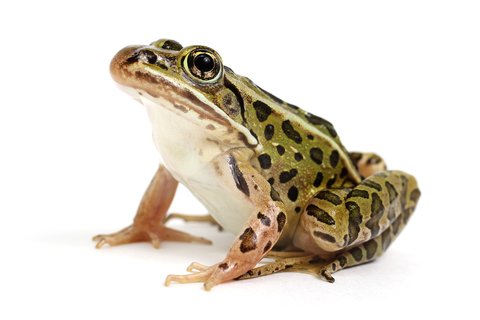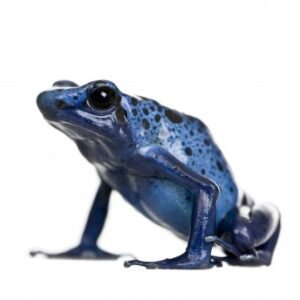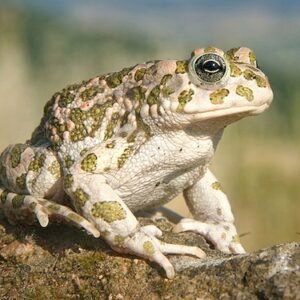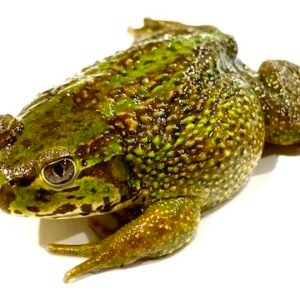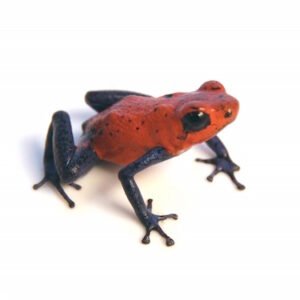Habitat and Distribution of Leopard Frogs
Leopard frogs are adapted to various environments that provide the necessary resources for their survival, breeding, and development. They are commonly found in a range of habitats including wetlands, grasslands, and forested areas. These regions offer rich biodiversity, ample food sources, and suitable conditions for breeding. The presence of standing or slow-moving water bodies is particularly crucial, as these provide the ideal sites for laying eggs, which hatch into tadpoles that require aquatic environments for growth.
In North America, several species of leopard frogs exist, each with distinctive habitat preferences and geographical distributions. For instance, the Northern Leopard Frog (Lithobates pipiens) is predominantly found throughout the northern United States and Canada. It thrives in a variety of wetland environments, including marshes, ponds, and lakes. Additionally, the Southern Leopard Frog (Lithobates sphenocephalus) is located in the southern regions, favoring habitats such as rice fields and flooded pastures. The diversity in species highlights the adaptability of leopard frogs to different ecological niches.
The importance of these habitats extends beyond mere residency; they are vital for the lifecycle of leopard frogs. During the breeding season, these areas provide refuge from predators, allowing adults to engage in reproductive activities without undue stress. Additionally, environmental factors such as temperature, humidity, and vegetation cover play a significant role in influencing the population dynamics of leopard frogs. Habitat loss due to urbanization, pollution, and climate change poses threats to their survival, underscoring the necessity for conservation efforts aimed at preserving these critical environments.
Diet, Behavior, and Conservation of Leopard Frogs
Leopard frogs, belonging to the genus Lithobates, exhibit a diverse diet that predominantly consists of invertebrates. Their primary food sources include insects, worms, and small crustaceans. These amphibians showcase remarkable foraging behavior; they utilize their keen eyesight and quick reflexes to capture prey. Leopard frogs are primarily nocturnal hunters, which enhances their ability to ambush unsuspecting prey in their aquatic and terrestrial habitats. As opportunistic feeders, they adapt their diet based on the availability of food sources, which contributes to their ecological versatility.
Behaviorally, they are known for their unique vocalizations during the breeding season. Males produce a series of calls to attract females, showcasing a variety of pitches and rhythms that not only convey their presence but also signal their fitness. This vocal competition often serves as a mechanism for mate selection, with females gravitating towards the most persistent callers. Their mating rituals typically involve elaborate displays that enhance the chances of reproductive success within their wetland environments.
Concerning conservation, leopard frogs face several significant threats that jeopardize their populations. Habitat loss due to urban development, agriculture, and wetland drainage substantially impacts their natural environments. Furthermore, pollution from agricultural runoff and industrial waste contaminates their habitats, exacerbating their vulnerability. Climate change poses an additional threat, as it alters precipitation patterns and temperature, affecting their breeding cycles and habitat suitability. Efforts aimed at leopard frog conservation include habitat restoration, public awareness campaigns, and the implementation of protective regulations that ensure the preservation of their natural ecosystems. Through these measures, the future of leopard frogs can be safeguarded, allowing these fascinating amphibians to thrive in their native environments.

